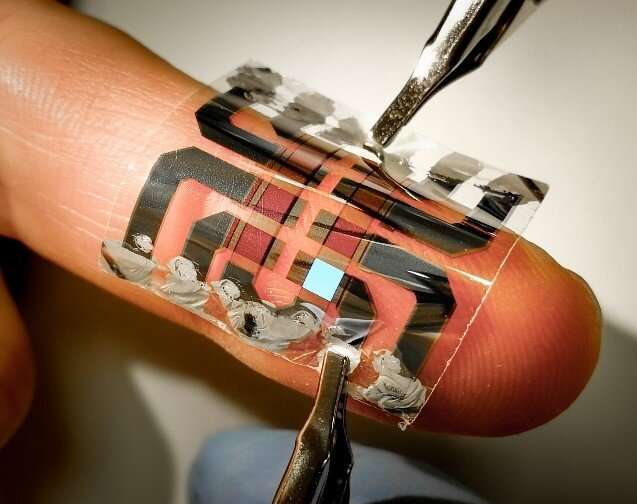
Flexible and ultra-lightweight LEDs promise breakthroughs in several industries. Photo: University of St Andrews.
To create organic light-emitting diodes, scientists used a combination of organic electroluminescent molecules, metal oxides, and protective layers made of biocompatible polymers. As a result, LEDs are as thin and flexible as cling film. The developed LEDs can be used to create lighter and thinner displays for phones and tablets, including flexible clamshell screens.
Previous attempts to create ultra-thin OLEDs have shown that they are not stable enough in air and moisture. Tests of the new LEDs have demonstrated their resistance to water, solvents and gas plasma. What's more, according to scientists, their LEDs are so durable that they can remain functional even when bent around the edge of the blade.
The reliability, flexibility and lightness of the new LEDs open up a wide range of uses. For example, they can be integrated into clothing or packaging as self-emitting indicators without increasing the weight and volume of the product.
According to the developers, in the long term, these LEDs may find application in the treatment of neurological diseases, in which light-dependent proteins are used to modulate the brain activity of patients. Due to their resistance to high humidity, they are also ideal for use as implants.
« , , », — , .
The research results can be used to improve clinical treatment, in particular, to create optical interfaces that send information directly to the brains of people suffering from vision or hearing loss.
It should be noted that in Russia, the development and development of such technologies are involved in the NTI market NeuroNet . For example, Neurobotics, a market partner, has used LEDs for a mobile eye tracker.